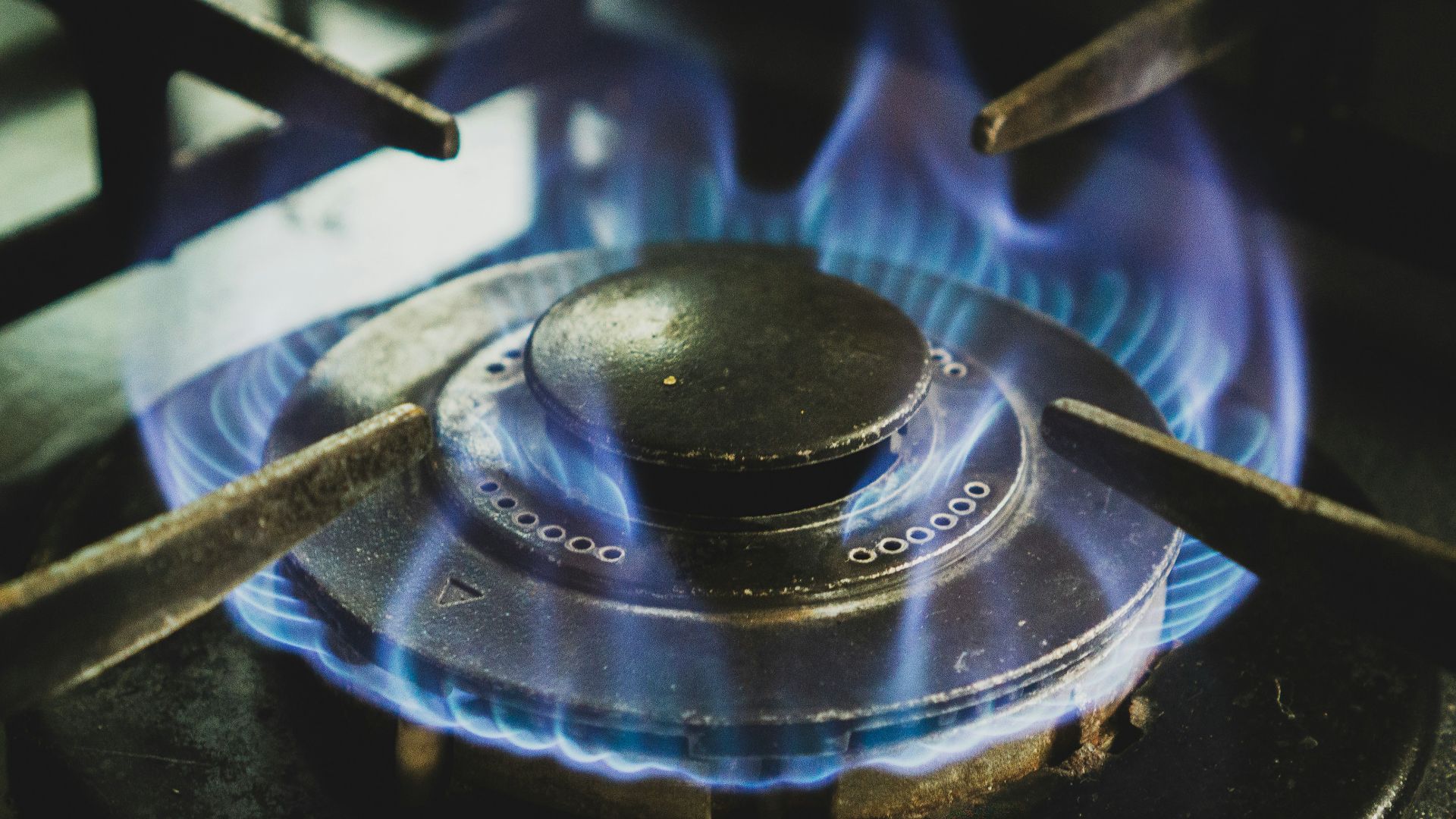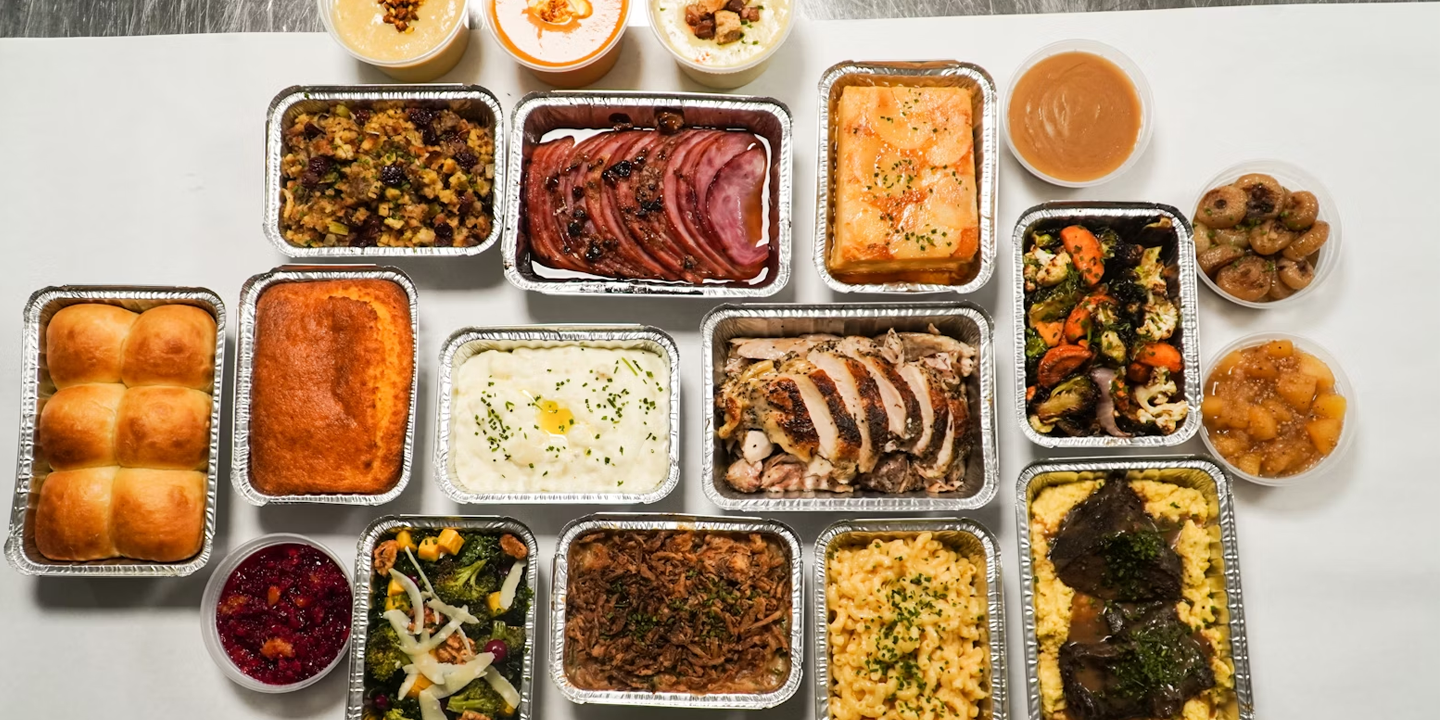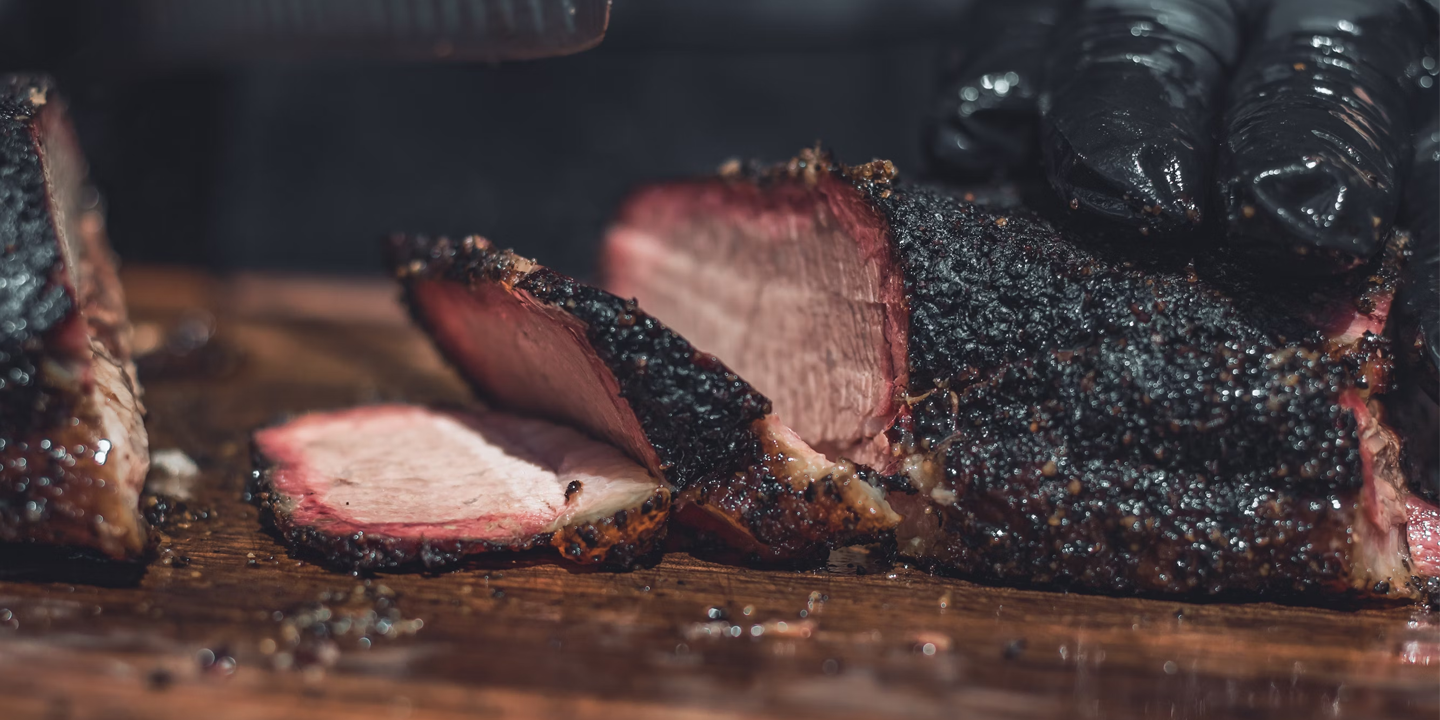10 Foods That Always Taste Better At Restaurants & 10 Easy Ways To Level Up Your Cooking
10 Foods That Always Taste Better At Restaurants & 10 Easy Ways To Level Up Your Cooking
Anyone Can Cook
No matter how good of an amateur chef you are, there are some foods that will always taste better in restaurants. Half of this, we're sure is psychological; it's easy to take pride in a job well done, but complicated dishes definitely taste better when you aren't the one on your feet making them. Here are 10 dishes where restaurant quality beats home cooking, and 10 ways to merge them.
 amirali mirhashemian on Unsplash
amirali mirhashemian on Unsplash
1. Steak
If you ask a group of people what food will always taste better at a restaurant, chances are that most will say steak. Not only do restaurants have access to higher quality cuts of beef, but industrial stoves can reach higher temperatures, leading to a perfectly browned sear. Plus, chefs don't have the added stress of trying to cook steak without setting off their apartments' smoke detector.
2. French Fries
Don't shoot the messenger, but we're pretty sure that half the reason why restaurant fries taste better is because they're not baked from frozen. Hey, we're not knocking oven-cooked fries, which are so much easier than making them from scratch, we're just stating the obvious. The other half of the reason is that restaurants double-fry their french fries.
 LOGAN WEAVER | @LGNWVR on Unsplash
LOGAN WEAVER | @LGNWVR on Unsplash
3. Pizza
Honestly, making pizza at home is so fun that we aren't even mad that it often tastes better at restaurants. Restaurants use industrial-grade ovens that give your pizza a light char and soft center that's nearly impossible to replicate without the same equipment. Also they let their dough rise and develop its gluten content for a few days.
4. Tacos
It's easy to confuse the filling of a taco with the real star of the show: the tortilla. Unless you're making your tortillas from scratch, chances are that you tacos won't reach the same level. Kitchen also generally have specialized tortilla pans that get the perfect shape and consistency every time.
5. Pancakes
Pancakes are easy to make, but a stack from your local greasy spoon will always hit differently. What sets sets restaurant pancakes apart from home-cooked ones isn't how they're cooked, it's what they're cooked on. Restaurant pancakes are made on huge griddles that allow uniform heat and enough space for a whole stack to cook at once.
6. Scrambled Eggs
Contrary to what you might thing, scrambled eggs are not a dish to be rushed. Rather than cooking them hot and fast, like you probably do (not a judgement! We're hungry too), restaurants go low and slow to avoid rubbery eggs. Their other trick is to use half a teaspoon of water per egg rather than milk, so the eggs steam while they cook.
7. Salad
Think making salad is as simple as throwing everything into a bowl and mixing? Think again. For starters, restaurants season their salads before adding dressing, with some salting and peppering their greens once they're added to a bowl. And, speaking of dressing, restaurants use a ton of dressing.
8. Sushi
Sushi is all about ingredient: high-quality fish, vinegary rice, fresh add-ins. But even if you make the perfect rice and catch the fish that morning, you'll still liable to come up short. Sushi chefs in Japan undergo 10 years of training to master their craft, don't feel bad when you don't level up.
9. Pad Thai
Stir fries are easy enough to make, but a good Pad Thai requires some serious heat, and we aren't talking about spices. Pad Thai is cooked very quickly on very high hear to prevent the noodles from turning gummy. Not only can this be easy to overdo, but cooking something like that can be stressful, especially for the first time!
10. Burgers
How complicated can burgers be if any suburban dad worth his salt can throw a couple on the BBQ? Pretty complicated as it turns out. For a great burger, chefs look for grass-fed beef with between 20 to 25% fat for the best bite. And then there are things like toasting the buns, not overflipping, and literal secret sauces.
Now that we've gone through some of the foods that restaurants make better, let's look at some simple ways to make restaurant quality meals on a budget.
1. Use Butter And Salt
According to Anthony Bourdain, anytime you eat a great restaurant meal, you've probably also eaten a stick of butter. There's nothing wrong with that, even if butter is somewhat maligned. Use a little more butter and salt than you normally would, and we promise you'll taste the difference.
2. Salt Your Pasta Water
When the pasta box tells you to salt your water, you should listen to it. Contrary to popular belief, salting pasta water doesn't make it boil faster, but changes the texture of your pasta. Salt seasons the pasta from the inside out, making it less sticky and more al dente.
3. Season, Season, Season
The spice cupboard is your best friend, rely on it early and often. Season your food in between steps to enhance the flavor. Get creative with combinations. Learn what herbs and spices go best with which dishes and know when to add them.
4. Deglaze Your Pans
All those leftover bits in your pan after frying meat or fish are semi-liquid gold. Add some cold liquid (water, stock, or vine) to a hot pan, retrieve that sediment from the bottom, and turn it into a sauce. Plus, it looks cool if you're cooking for someone else.
5. Turn The Heat Off Sooner
If you have a hot enough pan, your food will keep cooking even after you've turned the burner off. This is why pasta boxes give times for al dente, because the pasta will finish cooking in the sauce. This is the secret to making perfectly creamy scrambled eggs. Turn the heat off a minute or two before it's "done" and let the food do the rest.
6. Use More Acid
You probably know about the five flavor profiles (sweet, sour, salty, bitter, and umami), but the secret to getting those five to play together is adding a little bit of acid. Acid can add a ton of complexity to dishes that are missing something you can't put your finger on. A squirt of lemon juice, a splash of vinegar, or a scoop of yogurt can all go a long way.
7. Combine Textures
Playing with texture is an easy way to make simple dishes more exciting to eat. Smooth soups are more fun to eat if they're topped with crunchy croutons. A crisp salad topped with a warm sweet potatoes will go the extra mile.
8. Keep Your Pan Hot
Never start cooking with a cold pan unless explicitly instructed to. Your pan should be hot, but not too hot. Not only will this give your food a beautiful sear, it will prevent it from sticking to the pan.
9. Caramelize Your Veggies
You can caramelize more than just onions. Caramelizing veggies draws out a deeper, totally unique flavor that simply boiling or frying can never replicate. Cooking your veg low and slow will make them as sweet as candy.
 Sebastian Coman Photography on Unsplash
Sebastian Coman Photography on Unsplash
10. Consider Presentation
They say you eat with your eyes first. Presentation isn't everything, and ugly food can certainly be delicious, but presentation can help to mentally level up simple dishes. A dollop of pesto over your morning eggs, for example, instantly makes them more visually interesting.

























